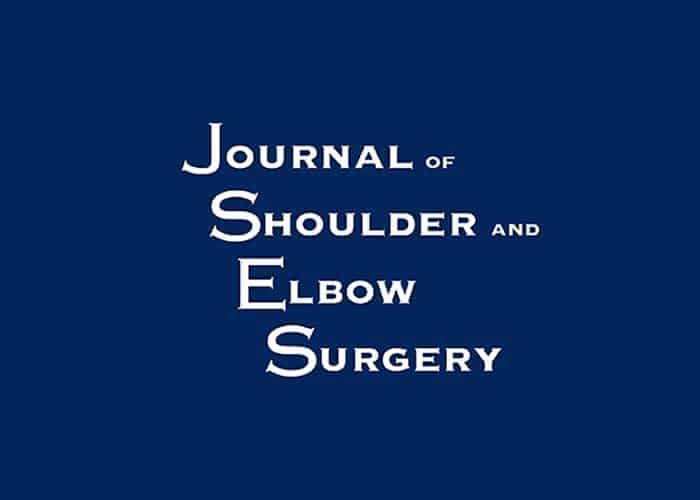
Authors:
Peter J. Millett, MD, MSc, Jonas Pogorzelski, MD, MHBA, Erik M. Fritz, MD, Marilee P. Horan, MPH, J. Christoph Katthagen, MD, and Matthew T. Provencher, MD, CAPT, MC, USNR
Abstract:
Background
Recurrent instability is a frequent complication following arthroscopic Bankart repair. The purpose of this study was to investigate risk factors for poor patient-reported clinical outcome scores and failure rates.
Methods
Patients who underwent arthroscopic Bankart repair at least 2 years earlier were included. Preoperative and postoperative Single Assessment Numeric Evaluation; Quick Disabilities of the Arm, Shoulder and Hand; American Shoulder and Elbow Surgeons; and satisfaction scores were collected. The relationship of the following factors with outcomes and failure rates was assessed: (1) previous arthroscopic stabilization, (2) 3 or more dislocations prior to surgery, (3) glenoid labral articular disruption (GLAD) lesion, (4) concurrent superior labral anterior-to-posterior tear repair, and (5) concurrent biceps tenodesis.
Results
The study included 72 patients with a median age of 23 years (range, 14-49 years). Subsequent revision was required in 9 (12.5%); 1 additional patient (1.4%) had recurrent dislocation. Outcome data were available at a median follow-up of 3 years (range, 2-9 years). All scores significantly improved from preoperatively to postoperatively ( P < .05); the mean patient satisfaction score was 9, with a median of 10 (range, 1-10). None of the analyzed factors were associated with worse postoperative outcome scores. GLAD lesions were significantly associated with a higher rate of failure ( P = .007). No other analyzed factors had a significant association with failure rates ( P > .05).
Conclusions
Patients with arthroscopic Bankart repair for traumatic anteroinferior shoulder instability had excellent outcomes, even in the context of previous arthroscopic stabilization surgery, 3 or more dislocations prior to surgery, concurrent superior labral anterior-to-posterior tear repair, or concurrent biceps tenodesis. However, GLAD lesions were associated with higher rates of failure, and the presence of a GLAD lesion may herald the presence of changes in the articular version or other as-yet-undetermined factors that could predispose patients to failure.
